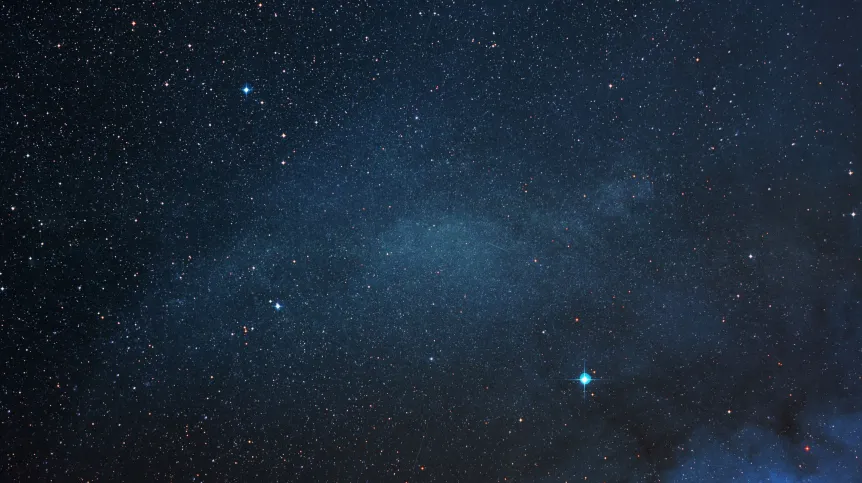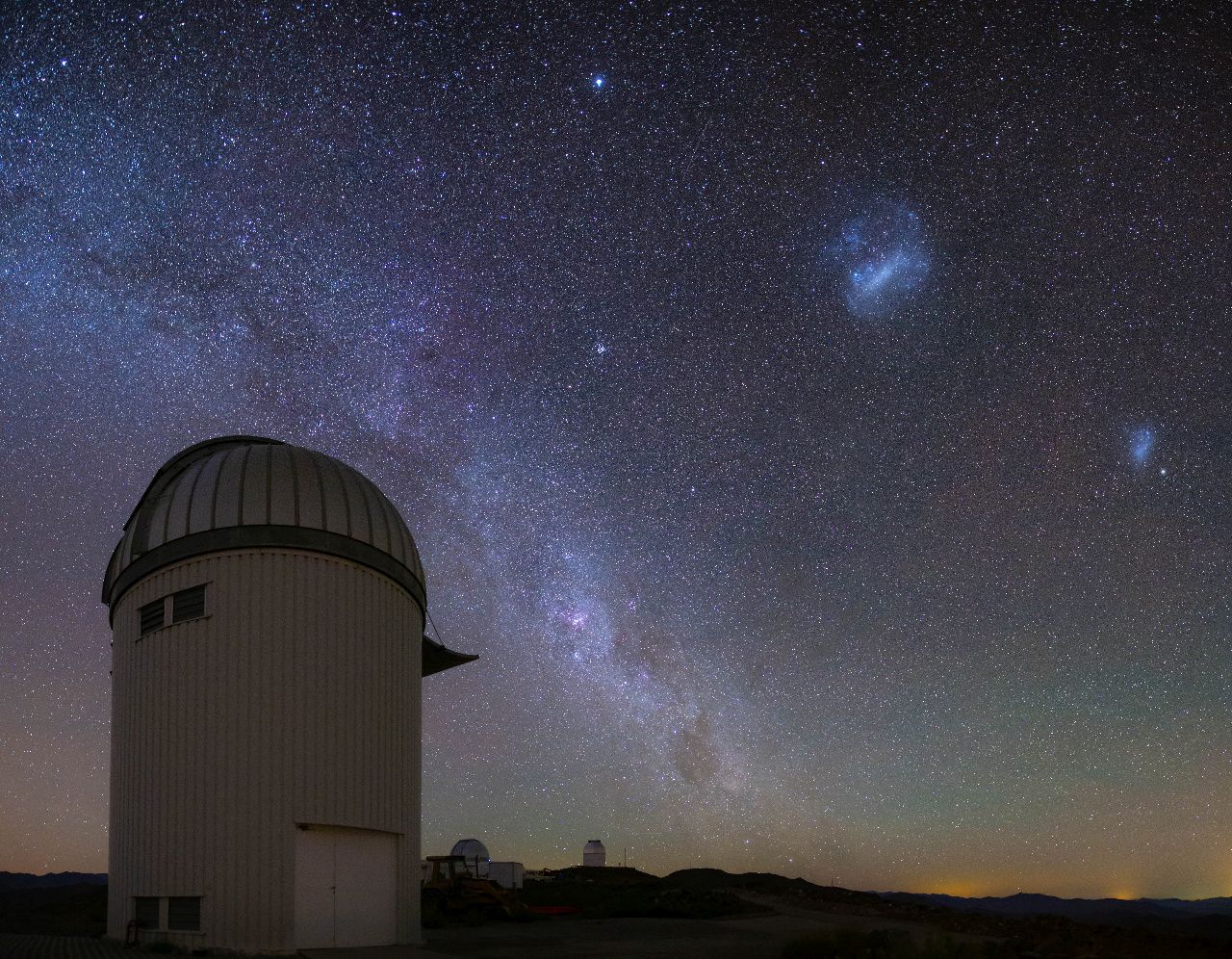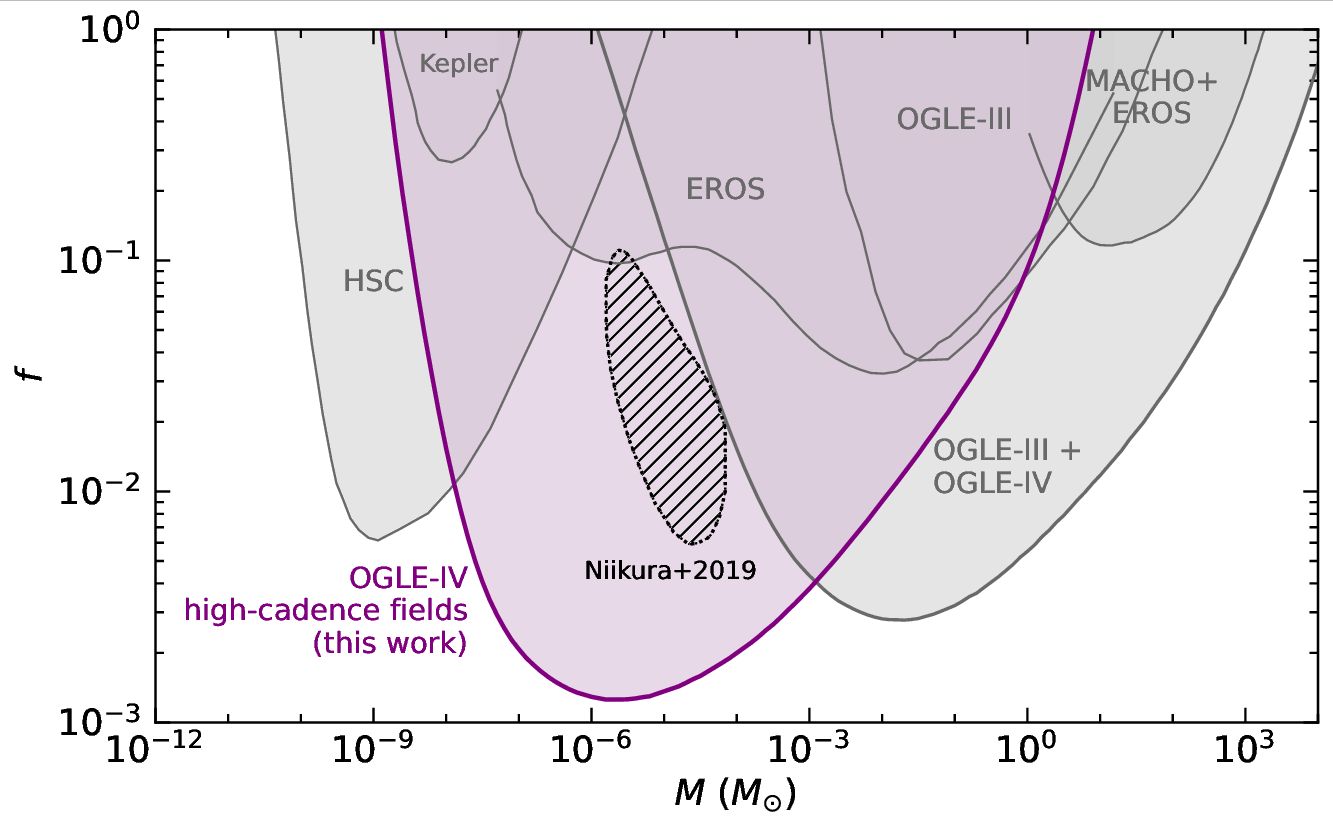
Astronomers from the OGLE project at the University of Warsaw have provided new insights into the long-standing mystery of dark matter, ruling out the hypothesis that miniature black holes make up a significant portion of this elusive substance.
Their findings, published in The Astrophysical Journal Letters, suggest that while primordial black holes may contribute to dark matter, they are unlikely to be its dominant form.
Dark matter, which is thought to account for 85% of the total mass of the Universe, does not emit light and only interacts with ordinary matter via gravity. Despite decades of research, including experiments at the Large Hadron Collider, scientists have been unable to directly detect the particles or objects that constitute dark matter.

In recent years, some scientists have hypothesized that dark matter could be composed of primordial black holes—tiny, planet-sized objects that may have formed in the very early Universe, before the first stars or even atoms existed. These black holes, if they exist, would be incredibly small—perhaps no larger than a grapefruit—but with masses similar to planets in the Solar System.
Such black holes could have formed during cosmic inflation, the rapid expansion of the young Universe, or as a byproduct of elementary particle mergers. The existence of these objects was explored in 2019 by theoretical physicists Jakub Scholtz and James Unwin, who suggested that the hypothesized Ninth Planet might actually be one of these miniature black holes.
One way to detect these hypothetical primordial black holes is through a phenomenon known as gravitational microlensing. This occurs when the light from a distant star is bent and magnified by the gravity of a closer object, called a ‘lens.’ Since the effect depends on gravity rather than the brightness of the lens, microlensing can reveal dark, non-luminous objects like black holes that are otherwise undetectable by traditional methods.
Led by Professor Andrzej Udalski, the OGLE team set out to test whether miniature black holes could be detected using this method. The researchers conducted an extensive observational campaign, measuring the brightness of about 35 million stars in the Large and Small Magellanic Clouds—two neighboring galaxies—using the Warsaw Telescope at the Las Campanas Observatory in Chile.
Over two observational seasons, from October 2022 to April 2024, the team captured up to 20 images of each star on clear nights. The high frequency of observations was crucial, as microlensing events caused by small black holes would only last a few hours, making them much harder to detect than events caused by regular stars, which typically last from weeks to months.
The team calculated that if miniature black holes were responsible for all the dark matter in our galaxy, more than 2,500 microlensing events should have been detected. However, after analyzing the data, the researchers observed only one such event, which lasted several months.
‘This result strongly suggests that miniature black holes, if they do contribute to dark matter, make up only a small fraction of it,’ said Przemysław Mróz, PhD, the lead author of the study. ‘Our findings indicate that dark matter likely consists of something else, perhaps yet-undiscovered particles.’
These results build on earlier findings by the OGLE team, published in Nature in June 2024, which examined a broader range of primordial black holes of varying sizes—from those smaller than the Moon to supermassive black holes hundreds of times the mass of the Sun. The study concluded that such objects could only account for a small fraction of the dark matter in the Milky Way.

This latest study is significant because it narrows down the possibilities for what dark matter could be. While primordial black holes may not make up most of dark matter, their potential contribution, along with other theories involving weakly interacting particles, will continue to be explored in future research.
The publication has received widespread recognition within the scientific community, with the American Astronomical Society naming it one of the most significant studies in the latest edition of The Astrophysical Journal Letters.
‘Although we have ruled out the idea that miniature black holes are the primary source of dark matter, our research is an important step toward understanding its true nature,’ said Professor Andrzej Udalski. ‘This work shows how precision observations and advanced analysis can help us solve one of the biggest mysteries of modern science.’(PAP)
PAP - Science in Poland
ekr/ bar/ kap/
tr. RL













